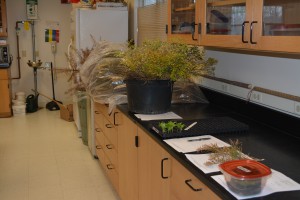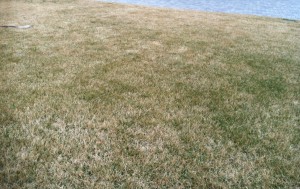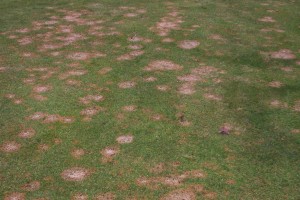The Plant Diagnostic Laboratory is in recovery from SAD – not seasonal affective disorder – but sample affected disorder! Snow cover equals very few sample submissions, so with the exception of our talk show circuit, life in a plant diagnostic facility is pretty quiet in the winter. While it is certainly a pleasure to see everybody at the winter meetings, I would much rather sit in the lab looking at dead stuff than stand in front of everybody talking about it. Fortunately, as the weather improves from week to week, the samples are starting to roll in.
Frosty Finally Melted!
Last week, the cats from John Deere had me up to the northern tier of NY for John Deere University and we had a blizzard! This week I was in Lake Placid with my friends at NYSTA and the morning temperature was something like -7°F. All I could think of was “How do I get winter speaking gigs in Florida instead of upstate NY?!”
Snow Molds?
The great blizzard of 2013, with all the snow and ice (and hype), has brought concerns about snow mold diseases in turfgrass. First thing first, I am glad I don’t live in Connecticut….40 inches! At any rate, snow cover provides an excellent environment for many fungi including some species of Pythium. In New Jersey we have the fungi Typhula incarnata, which causes the disease gray snow mold, and Microdochium nivale, which is the cause of pink snow mold (AKA: Fusarium patch).



